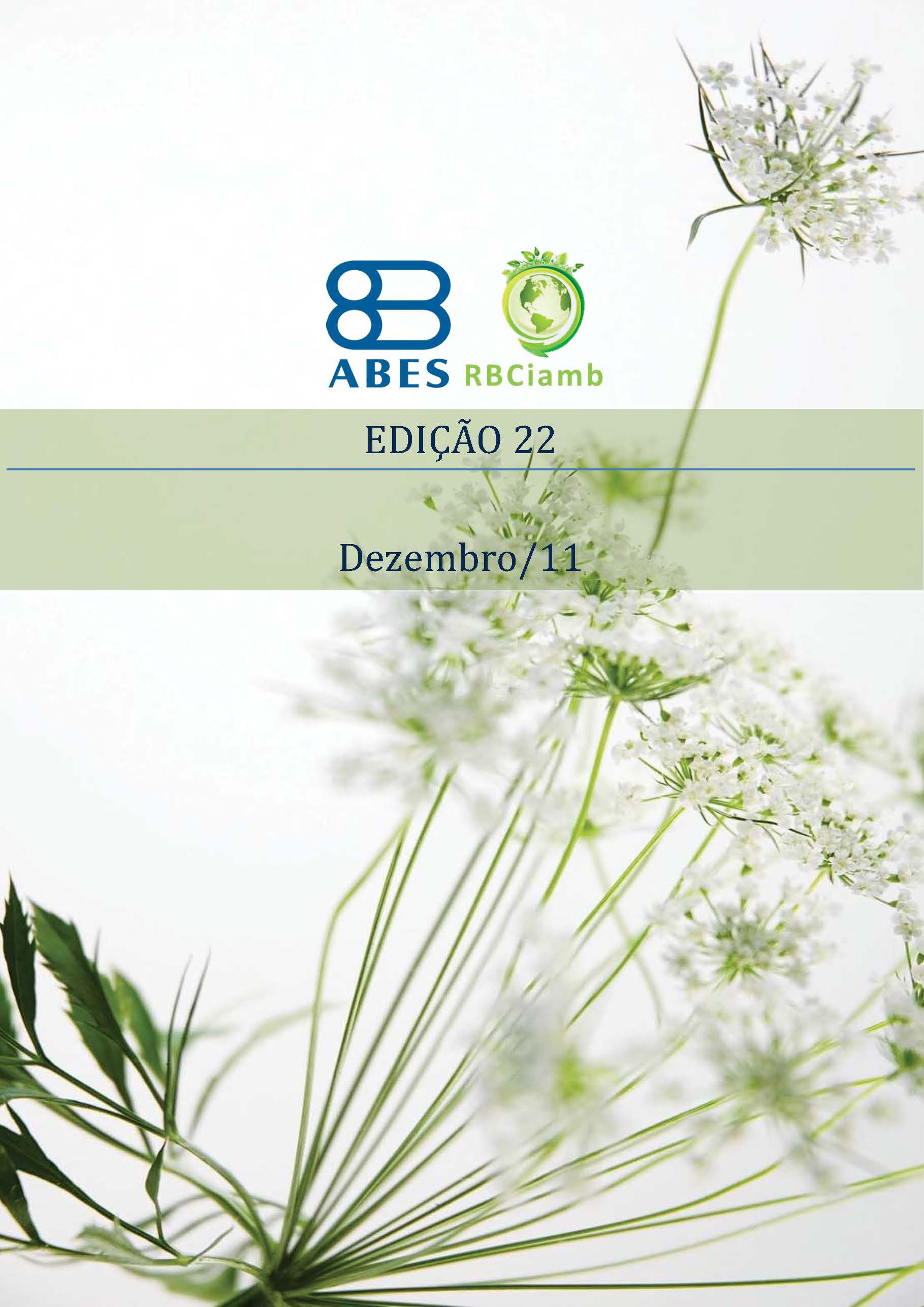Quantification of greenhouse gases emission from sugarcane burnings: a study case in savanna areas of Brazil
Keywords:
Savanna environment, Cerrado, Sugarcane, Greenhouse gases emission, Burnings.Abstract
In Brazil, the cultivation of sugar cane is regarded as emitting greenhouse gases (GHGs) when associated
with the use of burnings in the pre-‐harvest, depending also on the physiognomy of native vegetation
converted to its installation (i.e. in the format of grass, bushes or trees). This study aims at estimating
GHG emissions in areas of sugarcane cultivation in the State of Goiás, core area of the Cerrado biome,
between 2005 and 2009. Thus, it was considered the hypothetical use of pre-‐harvest burning and its
gradual reduction. The areas with sugarcane fields and where fire is used were also identified, providing
actual data for the recalculation of GHC emissions. The maps show a concentration of sugarcane cultivation
in the southern, central and southwestern areas of Goiás. Assuming all that sugarcane production is exposed
to fire (during the reference period), it was observed the emission of four greenhouse gases (methane, nitrous oxide, carbon monoxide and nitrogen oxide). The Federal Law helps restrain the use of fire, allowing
the replacement of this technology. In Goiás, the extent of areas with burning cane fields are fragmented
and small, emitting 105.95 Gg C-‐CO2e in the period studied (14.75% of total area for planting of the
sugarcane), making production relatively clean.
Downloads
Downloads
Published
How to Cite
Issue
Section
License
Copyright (c) 2011 Revista Brasileira de Ciências Ambientais

This work is licensed under a Creative Commons Attribution 4.0 International License.






















